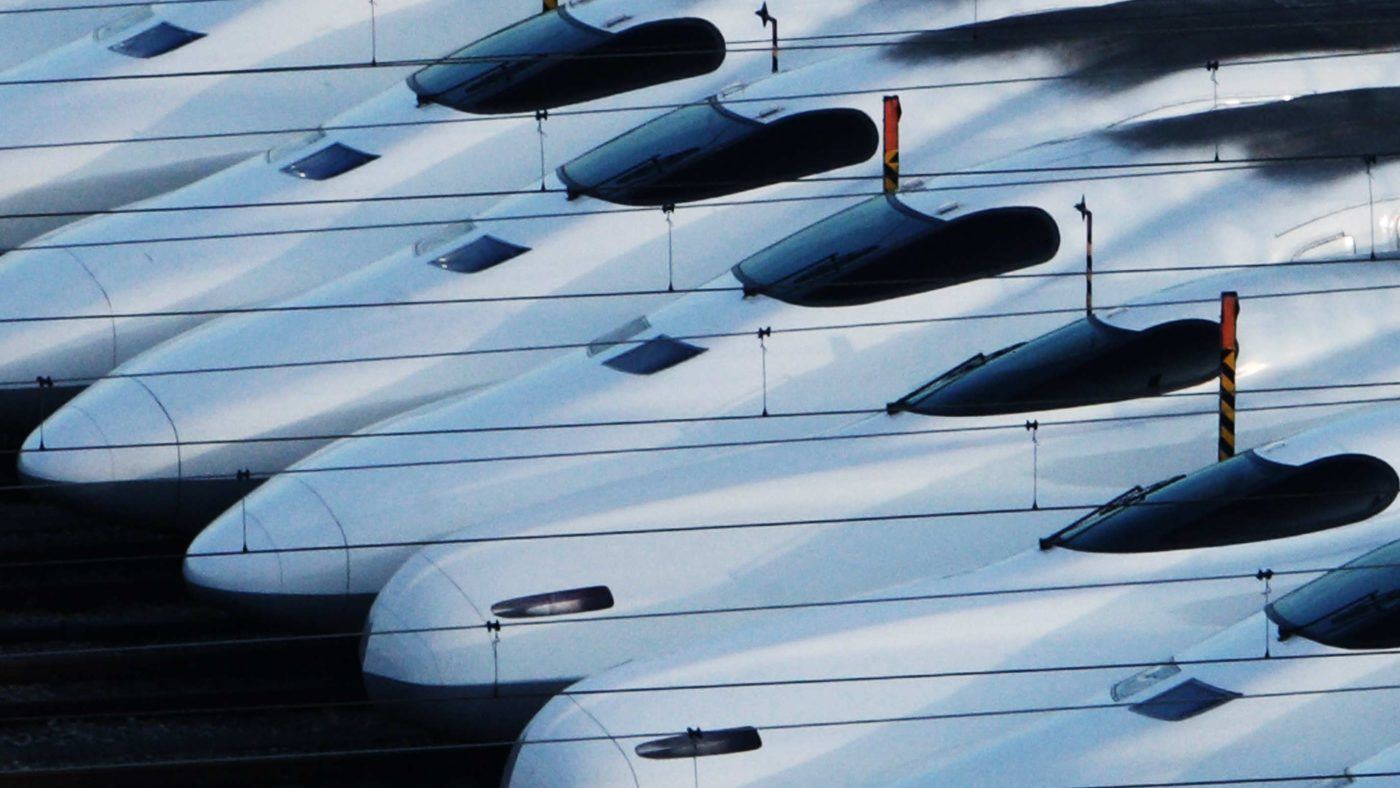The London Mayor, Sadiq Khan, has responded to the latest wave of Southern Rail strikes by generously offering to take control of the line himself, through Transport for London.
Today I’ve offered to put a senior @TfL team in immediate control of #southernrail as an emergency measure to end the chaos for commuters.
— Mayor of London (@MayorofLondon) December 13, 2016
Southern Rail, however, shows us not the failures of the current private tenders system, but the failures of the 1970s state-control model. The best long-term solution here is definitely not more state meddling, but a decentralised, fully privatised solution – along the lines of Japan.
Most people are unaware that Southern Rail no longer really exists. It did, between 2001 and July 2015, but it was then taken over by a merged reorganisation, including Thameslink and Great Northern, run by Govia Thameslink Railway but retaining old branding.
This body isn’t a franchise, though, and it doesn’t run the railways like South West Trains, Virgin East Coast or indeed any of the other lines. Calling it private is like calling Tfl’s bus system private—true in a sense but misleading.
Like Tfl with buses, Southern doesn’t set schedules, prices or pay and conditions, and the money it collects it gives directly to the Department for Transport, which pays it a fee for running the line. Quite how this went unnoticed by everyone, including me, is unknown, because it’s surely a crucial cause of the seemingly unending industrial action on the line.
Striking is simply more attractive when you’re employed by the government. Look back to the 1970s: massive government control over the economy turns strikes into a political issue, not just a question of pay and conditions.
The government finds it harder to face down strikers than private firms. This is one reason why we regularly lost more than 25m days to strikes in a year during the 1970s, versus less than a million for most years since 1990.
But the UK rail system, despite the reforms of the 1990s, is not what you’d call “fully private”. When it was built in the 19th century, firms used almost entirely private capital, owned track, train, station, and even speculated on land along the route.
When it was returned to the private sector in 1995 — along a model proposed by the Adam Smith Institute — we separated track and train to create an extra layer of competition.
This mixed system has had its successes. Last year, people took 1.5 billion journeys on the railway, a near-doubling from 1995, and back up to the level of 1919, before decades of state mismanagement. But messy failures on the West and East Coast main line have shown up its weaknesses, primarily in the tendering system.
It’s partly a problem of government negotiation, and inability to make credible threats when that comes at the cost of faltering infrastructure. And partly a problem of misaligned incentives: why invest and improve a network you might be booted off?
The solution comes from Japan, which has had a nearly entirely private railway network since 1987—although a settlement corporation still owns many shares of the less profitable railways. Japan’s privatisation broke the network into six regional pieces, but kept track and train together, and this has caused incredible innovation.
Competition with road and air has driven heavy private investment into the Shinkansen bullet trains—the envy of the world.
The theory of the firm tells us that firms exist to obviate transaction costs. Coordinating decisions between a separate owner of track and operator of trains has turned out to be imperfect. Similarly, prices exist to provide information about where something is most scarce — an an incentive to make it less scarce.
Japanese railways kept fare regulation to a minimum, so that there would be an incentive to deliver the biggest capacity and speed improvements where they were most needed. Competition with air and road travel nevertheless prevented fare hikes for the first eight years of the system.
Sadiq Khan’s suggestion of giving Southern Rail to Tfl might work; the Overground has tripled its ridership since the Government took over. But a shift towards the Japanese system—integrated, but private—would be even better.
The London Mayor has abandoned his pledge to freeze fares, laying the blame elsewhere, but the network under him is nevertheless subject to politicised management. Japanese rail avoids politicisation, and uses fares to deliver investments we can only dream of. To solve rail failures in London’s South, look East.


